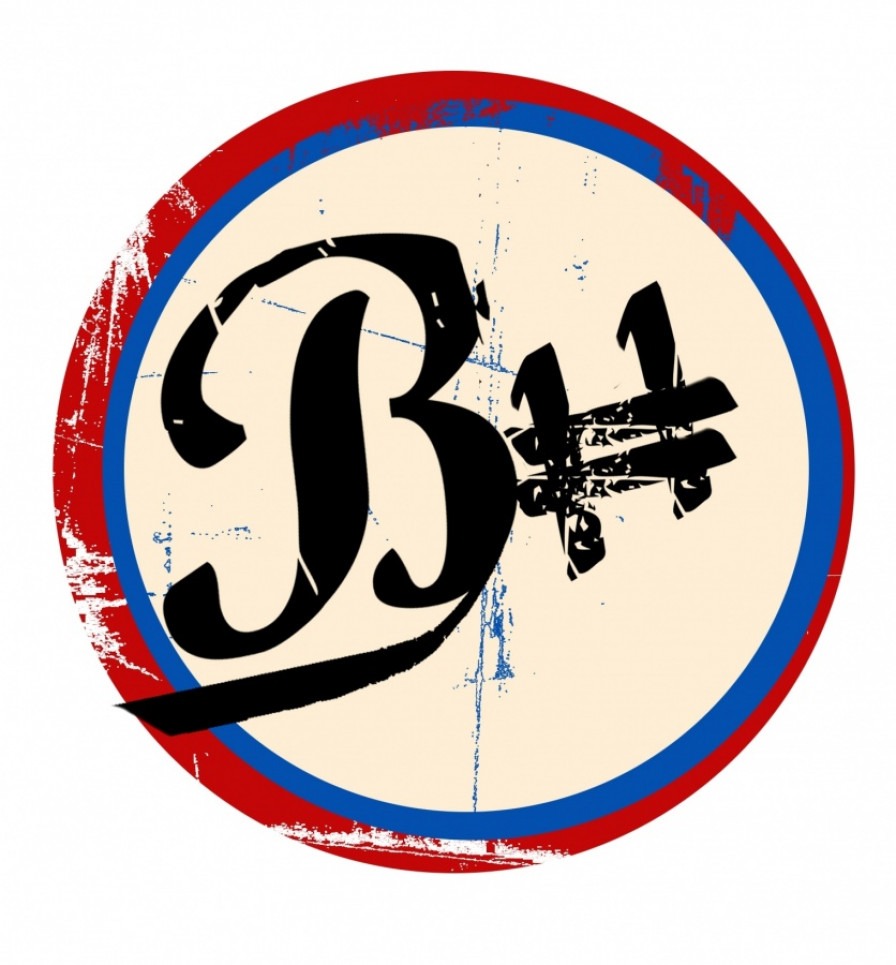What Does A Leader Look Like?

Here are some words commonly used to identify the qualities of a 'Cultural Leader' at a conference for South West arts organisations called 'What Does A Leader Look Like?'
I had an inspiring day at a conference for South West arts organisations yesterday. The theme was ‘What Does A Leader Look Like?’. Farooq Chaudhry, who became the Producer for English National Ballet in October 2013 gave an inspiring talk about his experience and thoughts on this, alongside Sue Hoyle OBE, Director of the Clore Leadership Programme and Claire Hodgson, theatre/dance director and conference organiser. Lots of input and discussion came from around 100 cultural leaders involved in dance, theatre, music, circus, film, museums, libraries, freelance producers, Arts Council and local authorities.
We talked about ‘cultural leaders’ and how to bring the next generation on. I thought I’d write a blog to give a flavour of the day for our Young Music Leaders (I’ll put this on bsharpresources.org) and others involved in pushing ideas forward (hence this post). Through the day, words kept coming up that help define the qualities of a good leader. These are some of them:
Personal characteristics:
Attitude - Leadership is about attitude and approach, not qualifications and training.
Vision – filter all your dreams down to one or two that you and your team really love.
Excellence: Strive for the best.
Confidence. Have confidence in yourself and build it in others. Lack of confidence is the biggest barrier to action.
Trust your team – why are they with you if you don’t trust them?
Risk taking without gambling recklessly, experiment, try, believe in success.
Rebelliousness – don’t accept convention is best. Challenge the norm, push boundaries.
Make a difference. Stand up and be counted.
Empathy towards people.
Listening – your way may not be the best.
Respect for others and differing views.
Enthusiasm – communicate the belief in your vision.
Commitment and determination to see something through.
Perseverance to overcome problems.
Stamina – in it for the long haul.
Calm – panic can lead to bad decisions and wobble team confidence.
Honesty – openness identifies challenges that can be resolved.
Integrity – to your values and those of your team.
Patience - problems always arise and may delay progress. Rome wasn't built in a day.
Judgement – when exploring something new, you may not know the answer and there may be no right or wrong way; use your experience and knowledge to guide you.
Responsibility - own up to things that go wrong.
Leave ego behind. Its not about you, its about an idea.
Project delivery:
Teamwork - build a team that shares your vision, working for an idea, not you.
Diversity in your team – gives new ideas, ways of working, culture and approach.
Reduce barriers to become involved . This could involve approaches to work such as employing someone to achieve a task where payment is not based on the hours they work but on the value they bring to the project. This gives team members the flexibility to do the job in the time of their own choosing and not be restricted to regular office hours. As long as they deliver the work, they can work around commitments in their personal life such as childcare and looking after family elders.
Collaboration – other individuals and organisations can help you add excellence. You don’t have to be alone.
Decide – the team can advise, but you should be decisive when needed.
Priority/select – lots of options may be open to you. Diluting your efforts could lead to loss of excellence. Stay focused.
Then there are all the normal processes of project management that are embedded in Youth Music’s and other good project work:
Plan; action; monitor; evaluate; share; adapt; repeat on a loop.
You know the score.
Can you add other leadership qualities?
